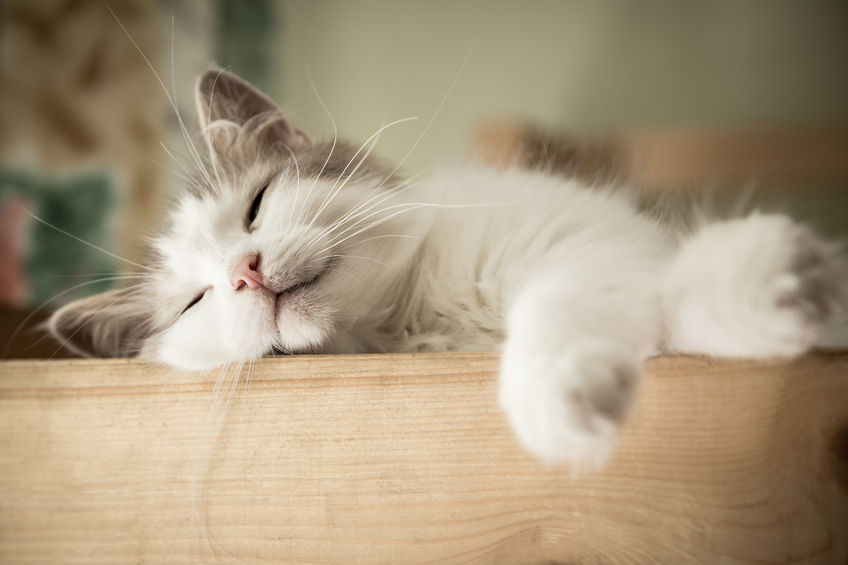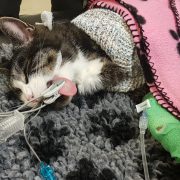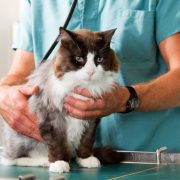Pain scoring systems for cats
Pain scoring systems for cats

Requires membership/payment
In our edition of: Apr 2018
In our categories of: small animals
our summary:
Goldberg, M.E. (2018) Pain scoring systems for cats. Feline Focus, 4(1), pp. 15-21.
Accurate pain assessment is necessary to ensure that a patient receives safe and effective analgesia which is tailored to their individual needs. Being aware of the signs of pain in cats by observing patient behaviour, posture and obtaining a detailed clinical history is beneficial for subsequent handling and examination of a cat with a painful condition.
This paper provides an overview of the reasoning behind pain management and a review of the different pain scoring assessment tools available. Assessment of pain requires consideration of a mixture of both clinical measurements and observations, for example:
- activity level
- posture
- weight loss
- loss of body condition
- ability to groom
- food and water intake
- faecal and urine output
- degree of hydration
- body temperature
- pulse or respiratory rate
- response to touch (vocalisation, abnormal aggression, lameness)
- teeth grinding
- photophobia
- vomiting and diarrhoea
- self-inflicted trauma
- organ failure (demonstrated by imaging or laboratory findings)
The author discusses the use of a number of different methods of pain assessment. These tools use different methods to score pain based on the underlying physiology and pathophysiology of the specific type of pain. Pain scores can then be described using visual analogue or numerical rating scales or by the use of simple descriptive scales.
Pain is a subjective, multifaceted experience that may vary considerably between individuals. Pain may be acute or chronic; it may be intense or intermittent. No single pain scoring system is right for all practices. It is important that, whatever scheme is chosen, every member of staff in a practice uses the same system and applies it methodically.
Individual pain assessment is important for patient wellbeing; for patients with chronic pain, the observation of pain trends is even more important as they are suggestive of an improvement or deterioration of a clinical condition. Considering trends also allows the practice team to understand the success of the pain management plan.
Despite the various pain scoring systems, pain scoring in cats remains difficult especially chronic pain.
Image copyright attribute: sbworld8 / 123RF Stock Photo
Join the discussion
We welcome all constructive comments and discussions. Please include the hashtag(s) below to ensure all comments can be displayed below and enable wider participation




